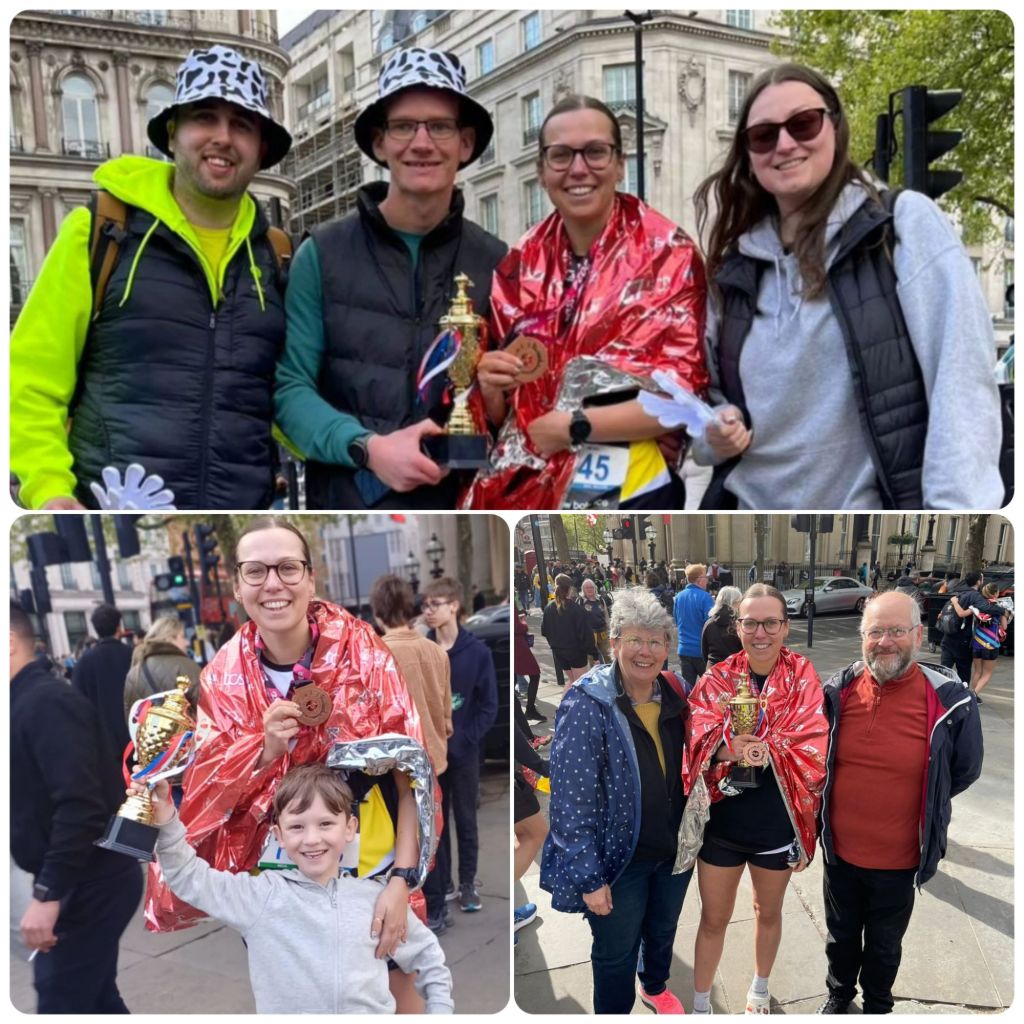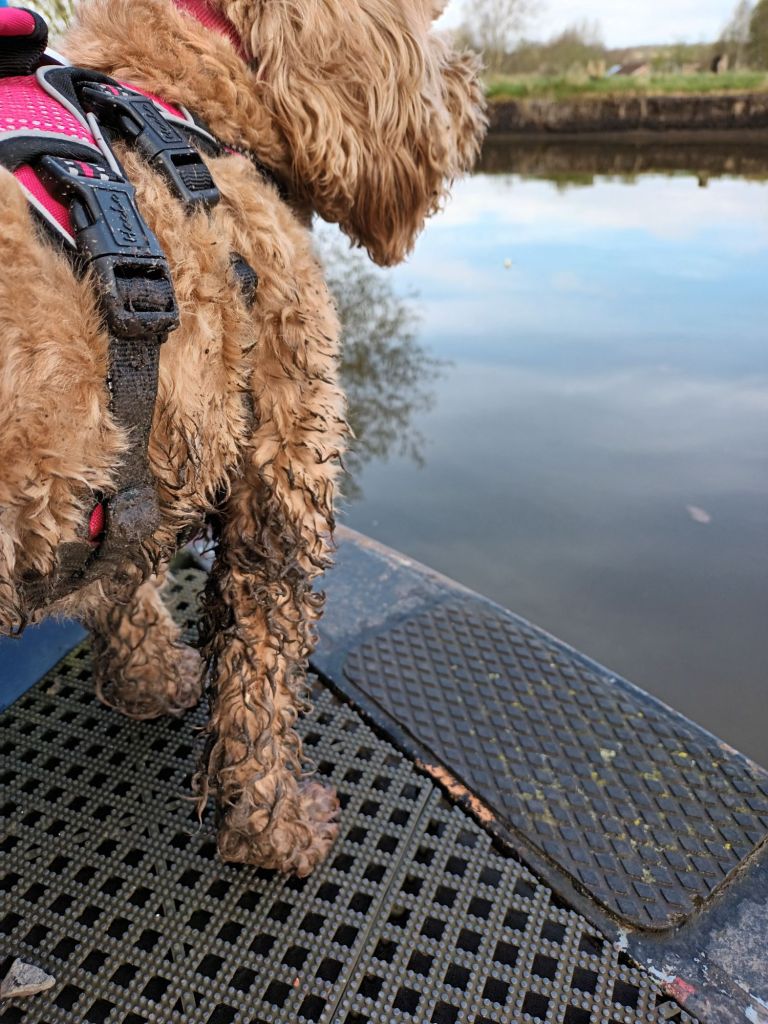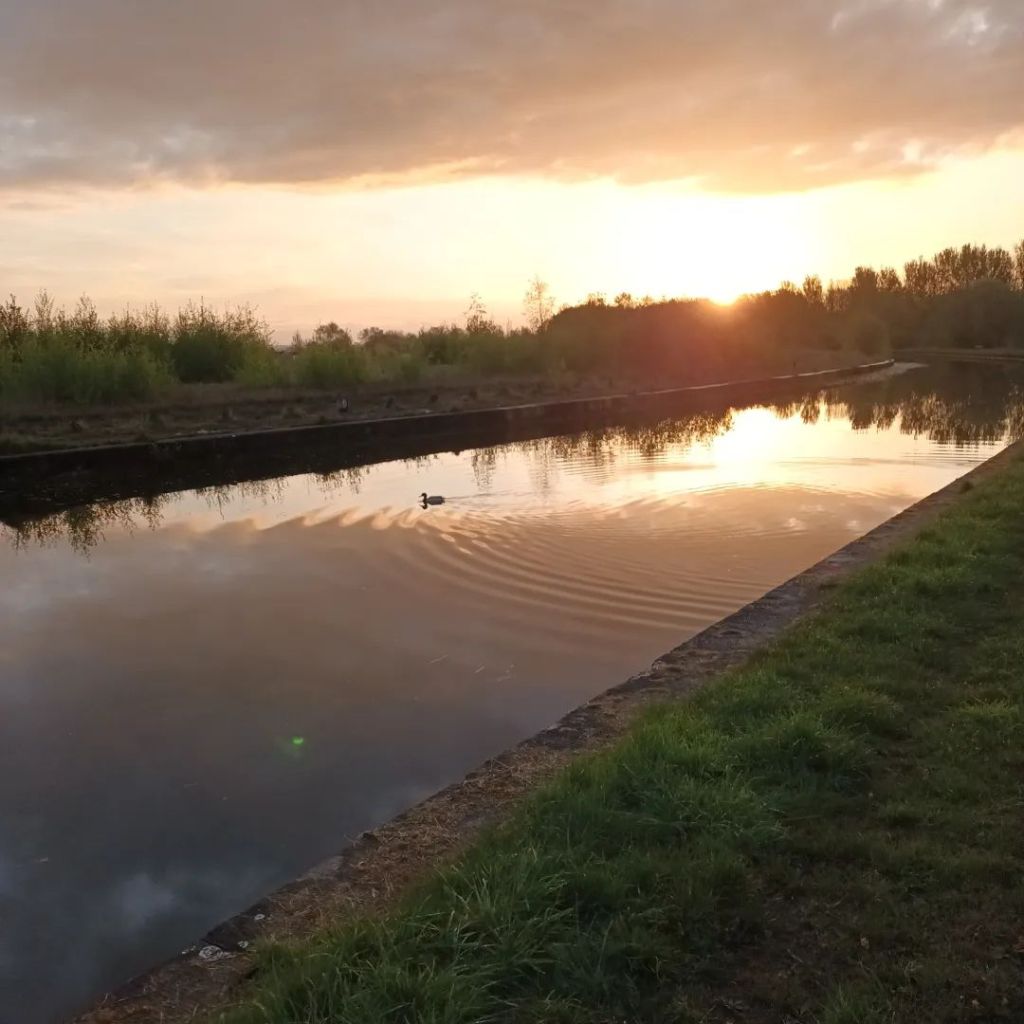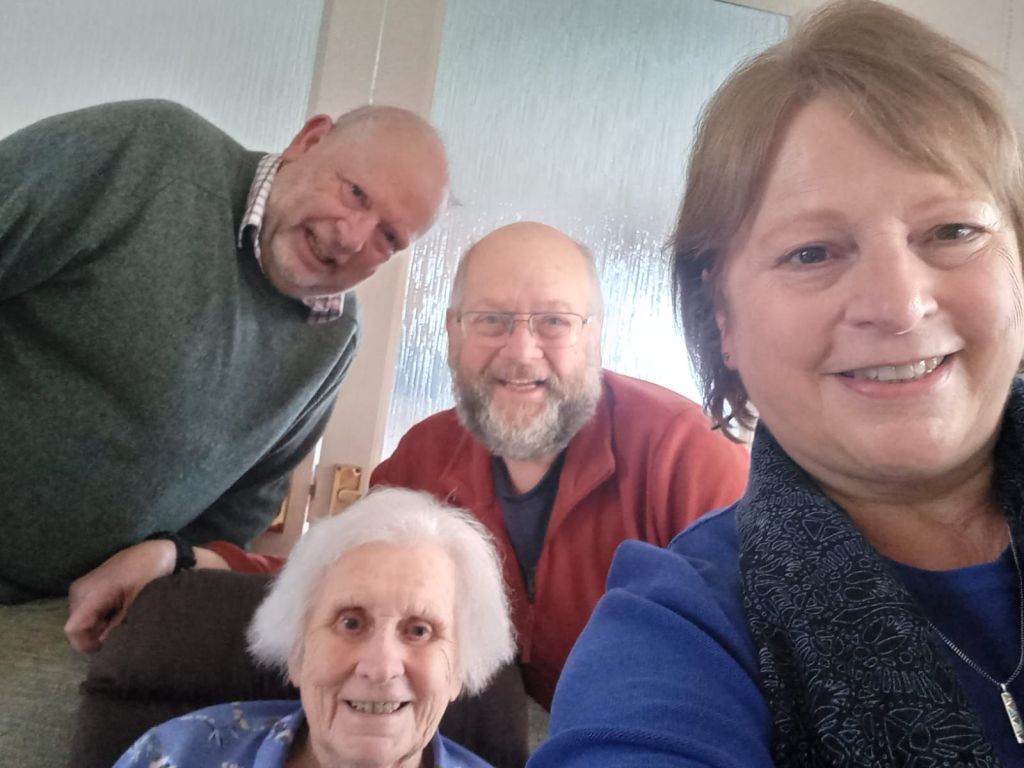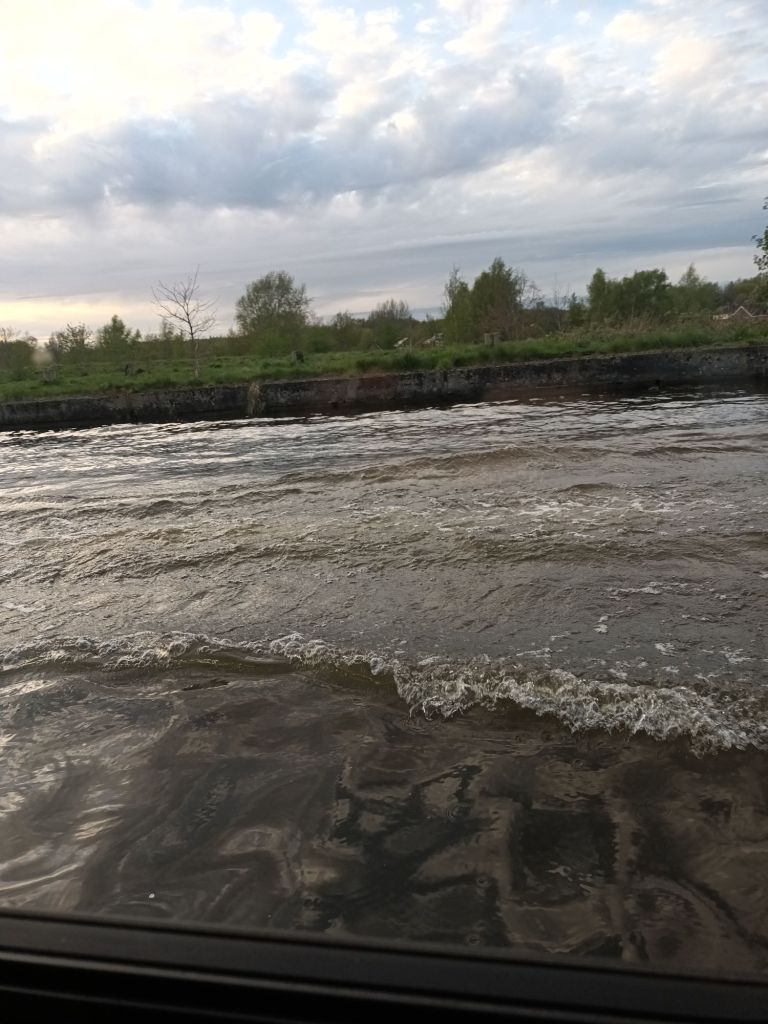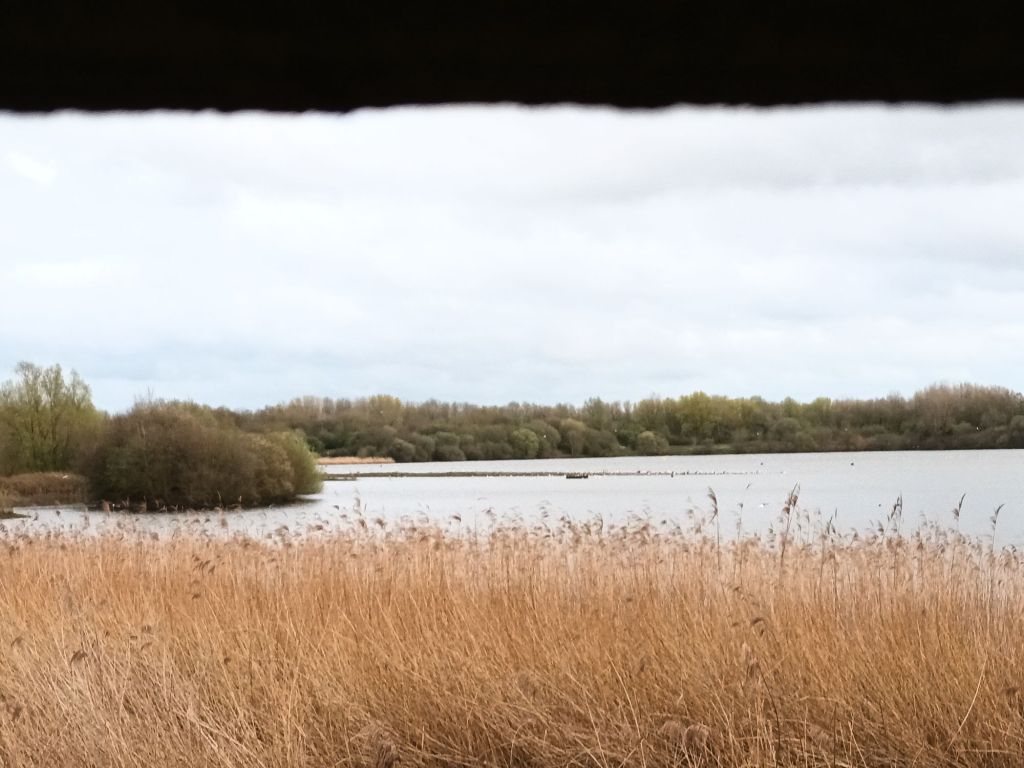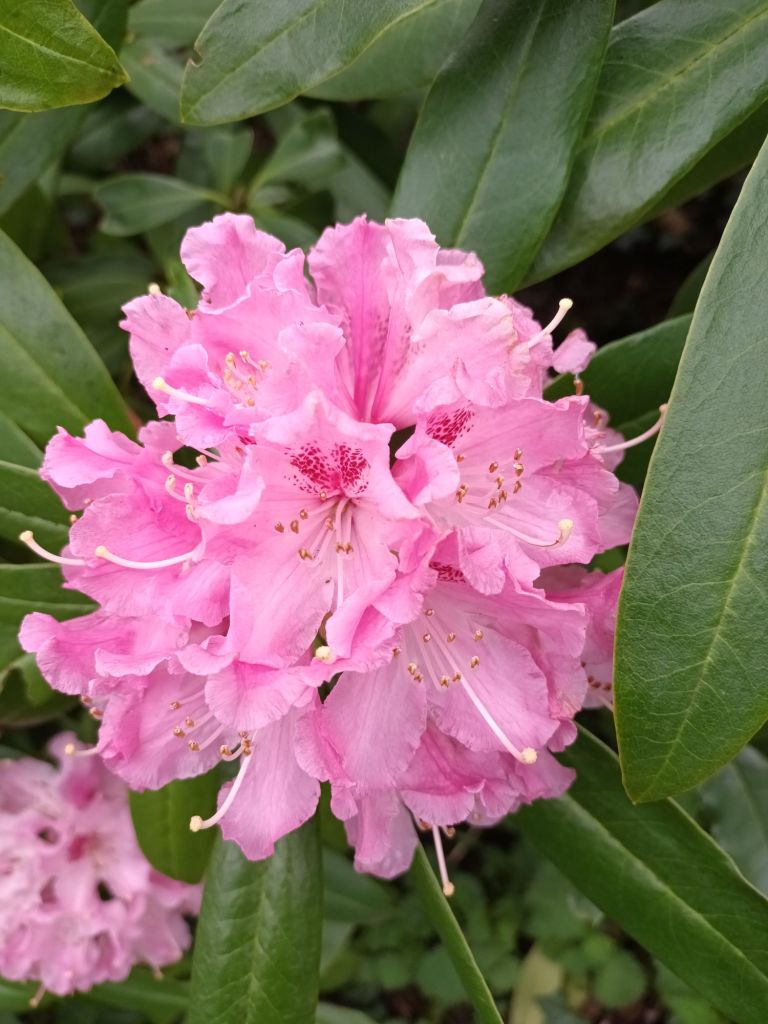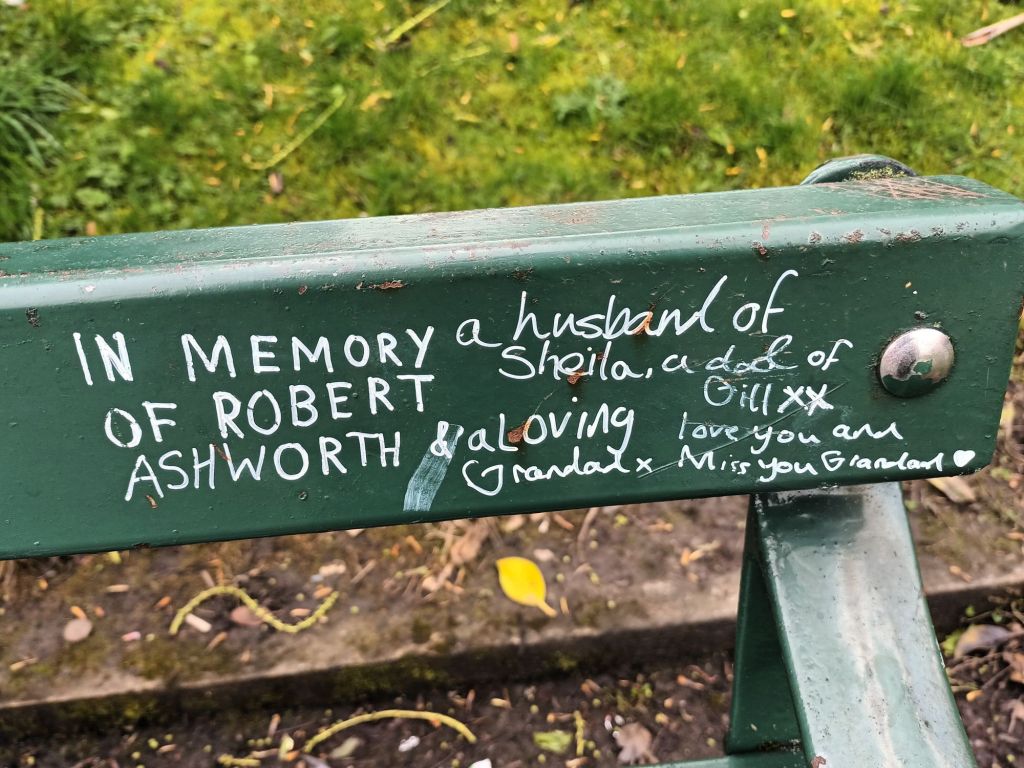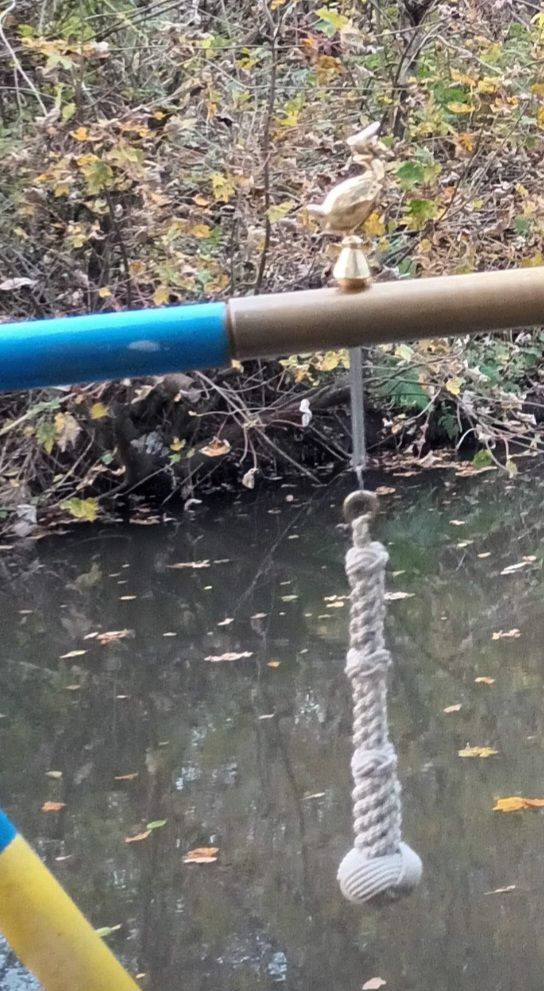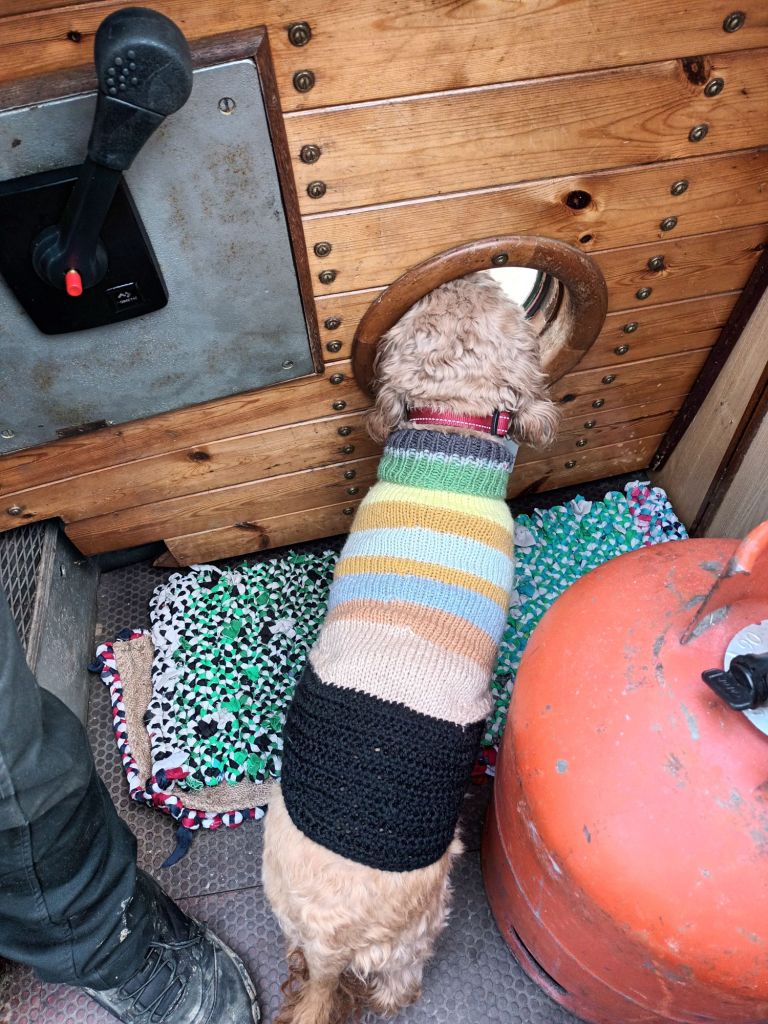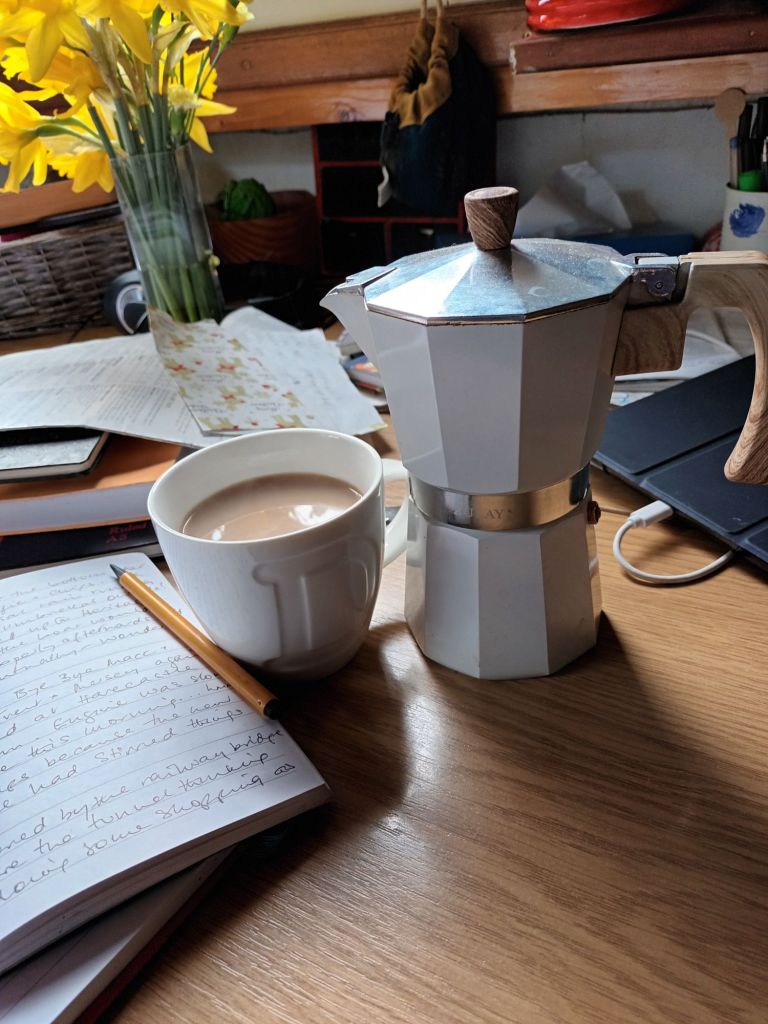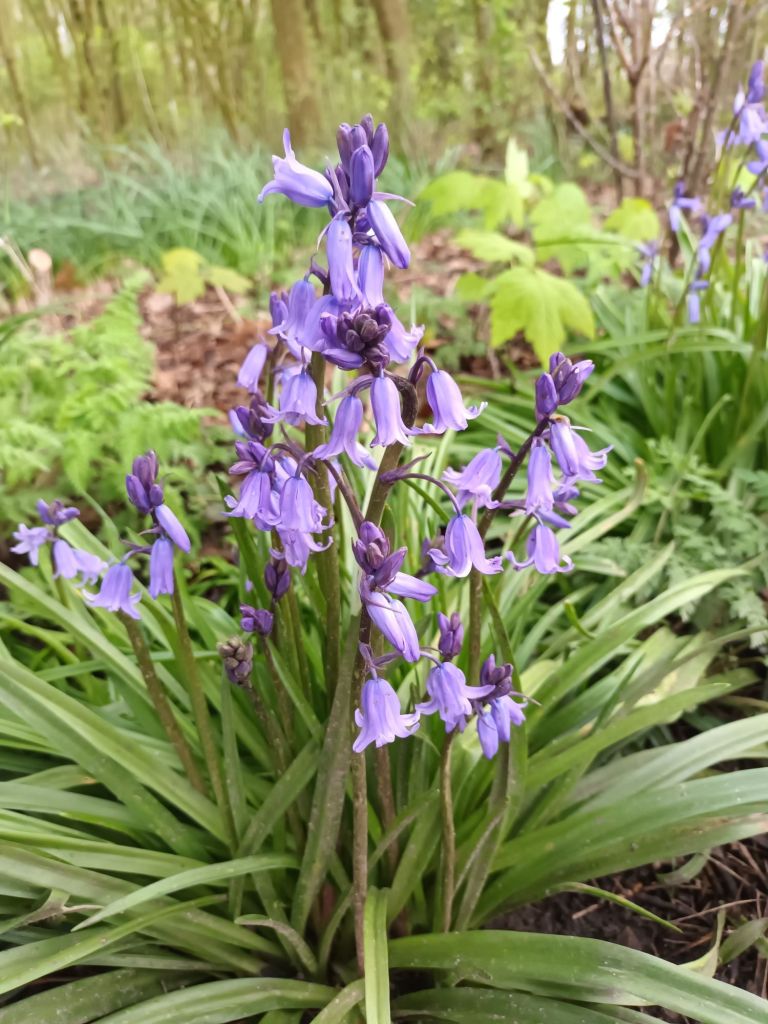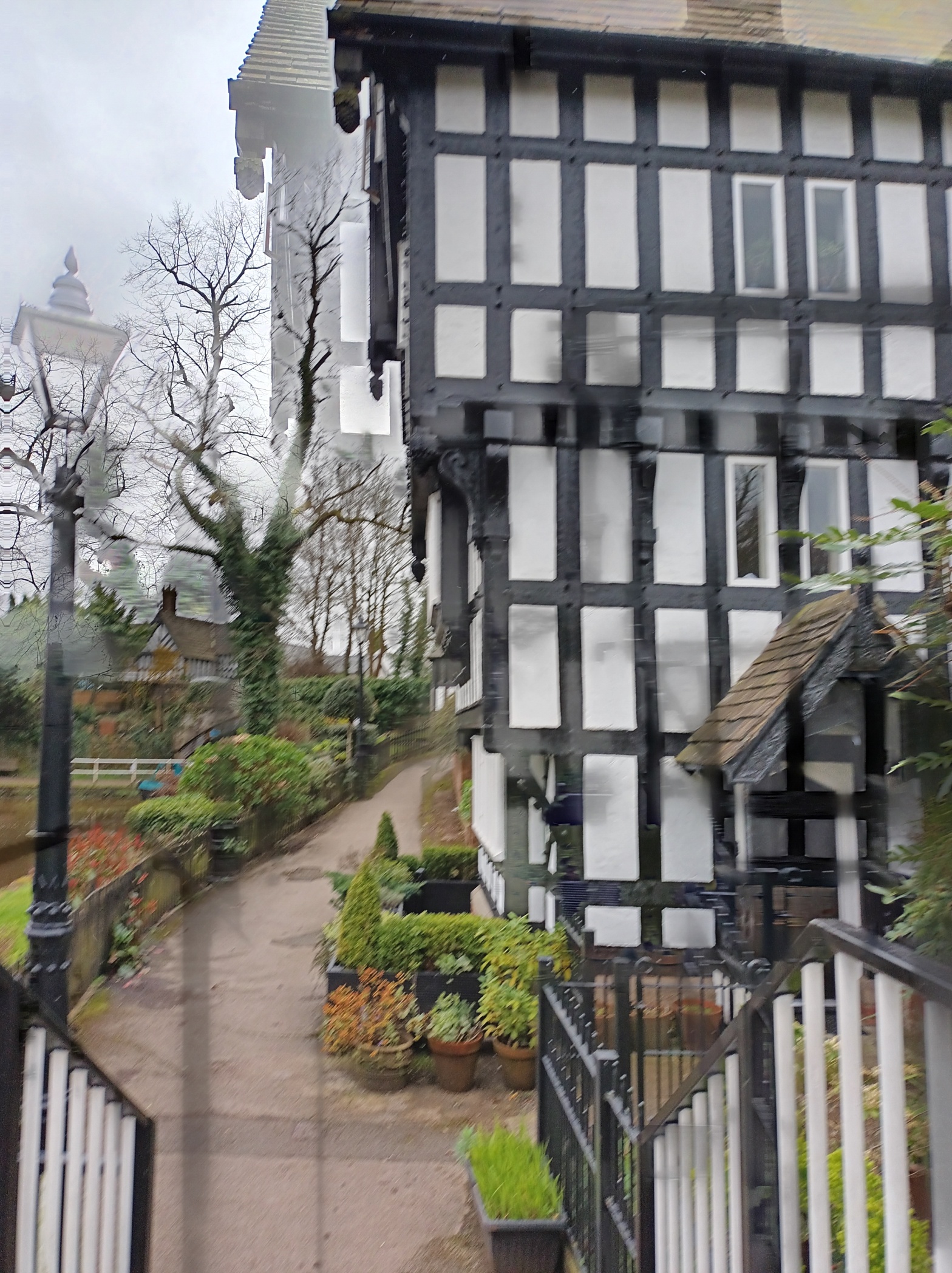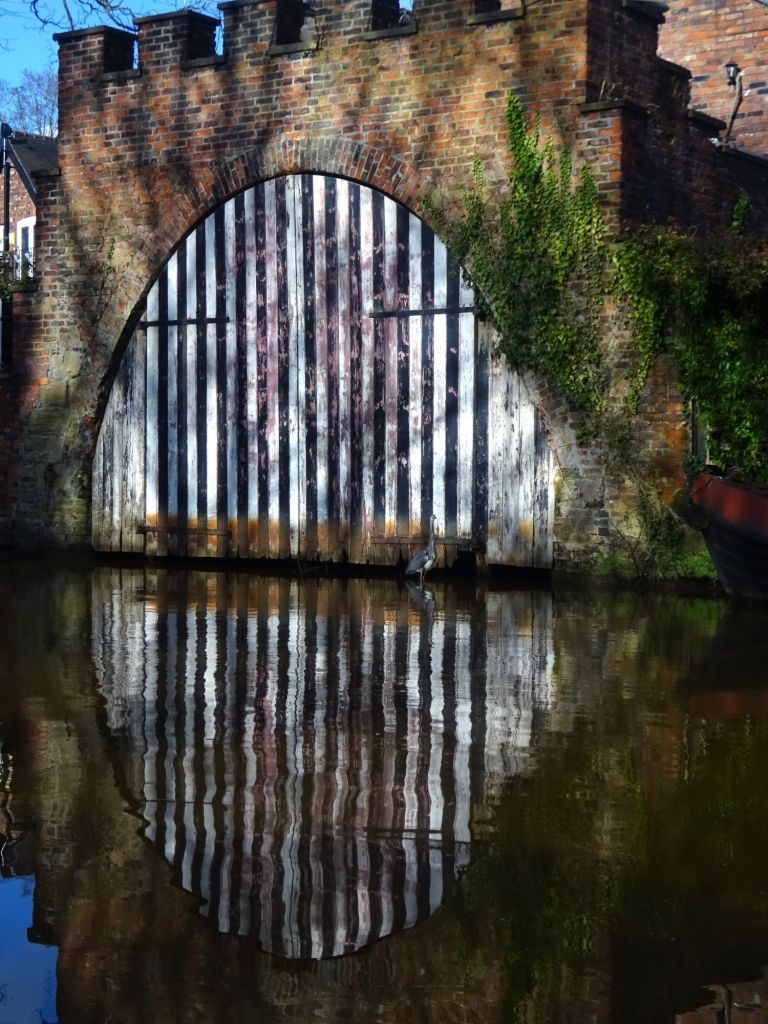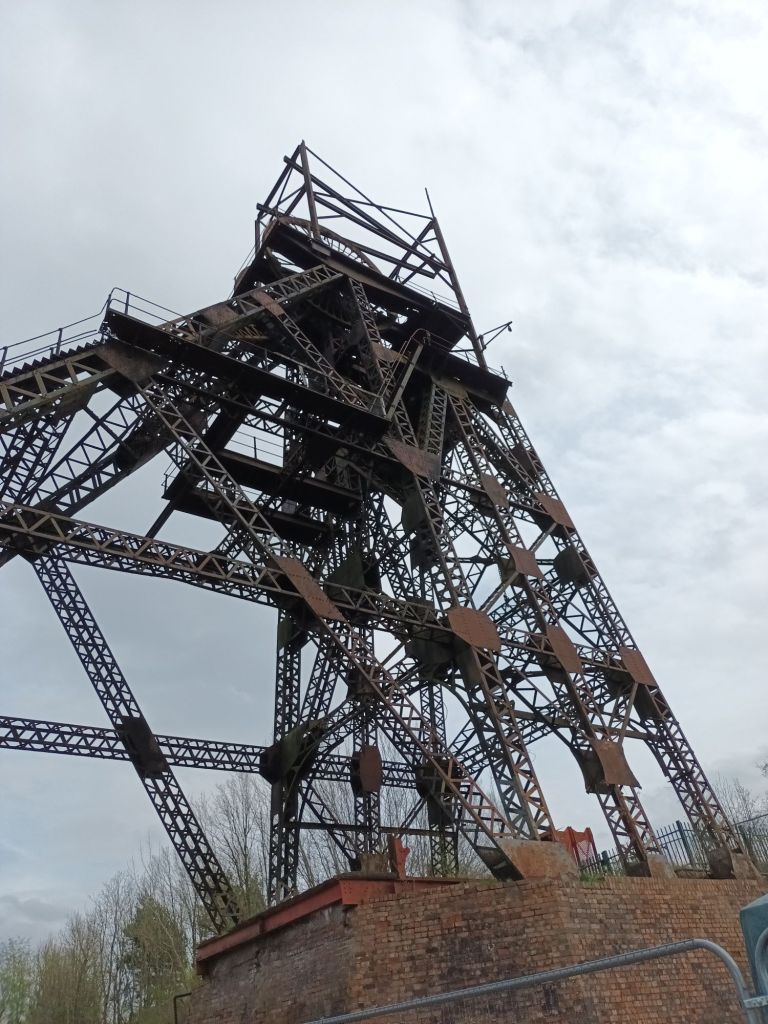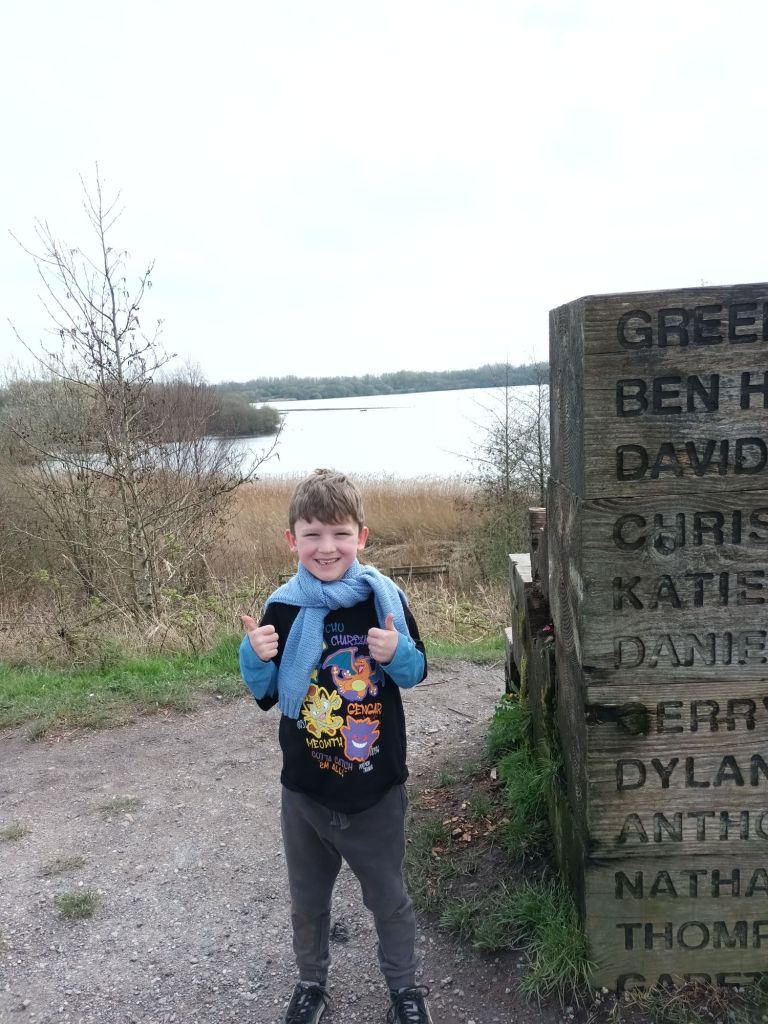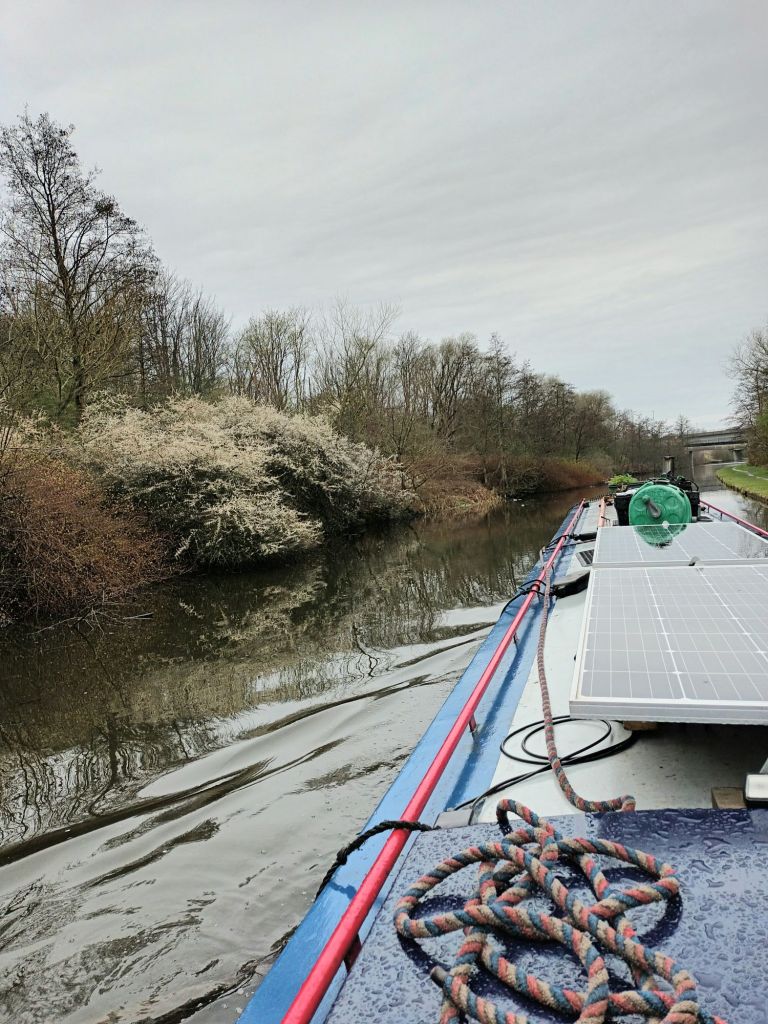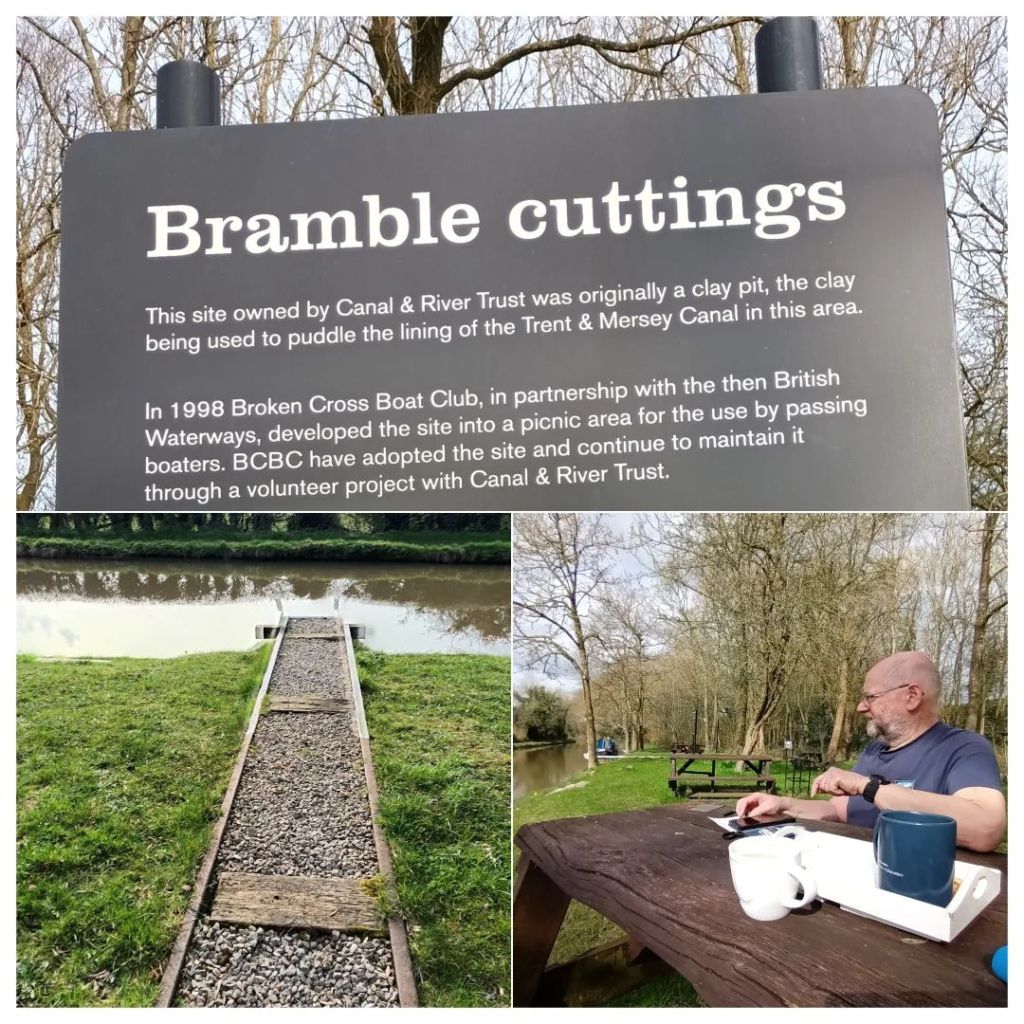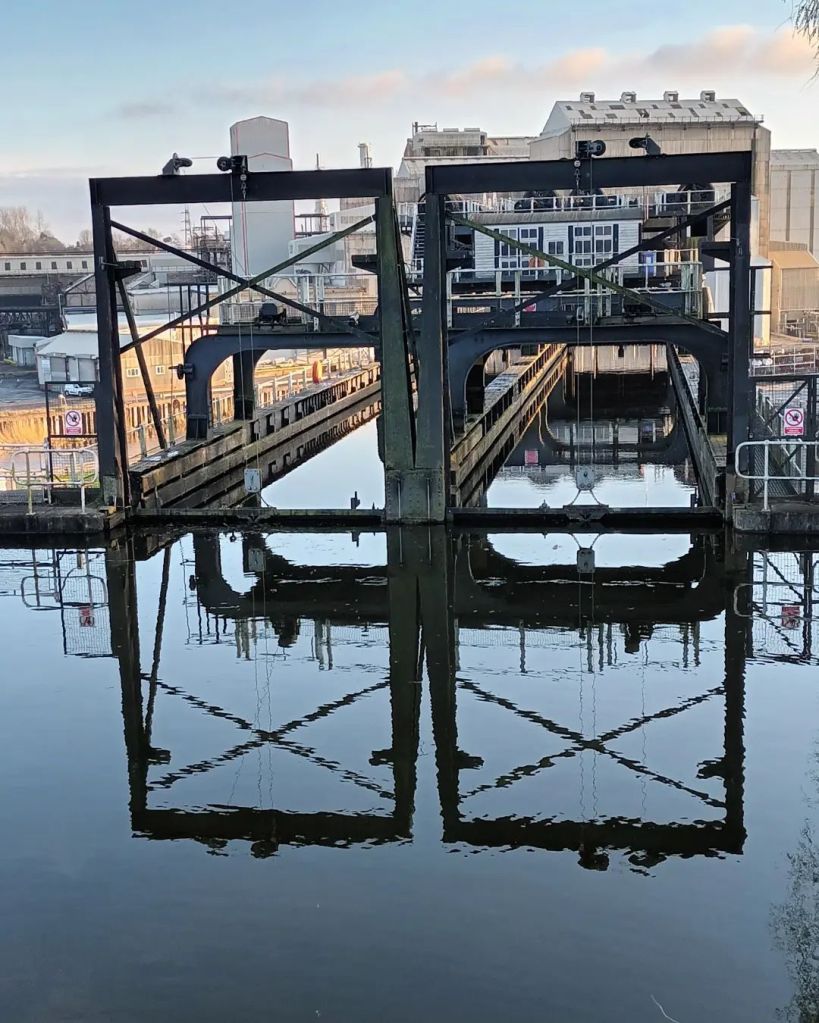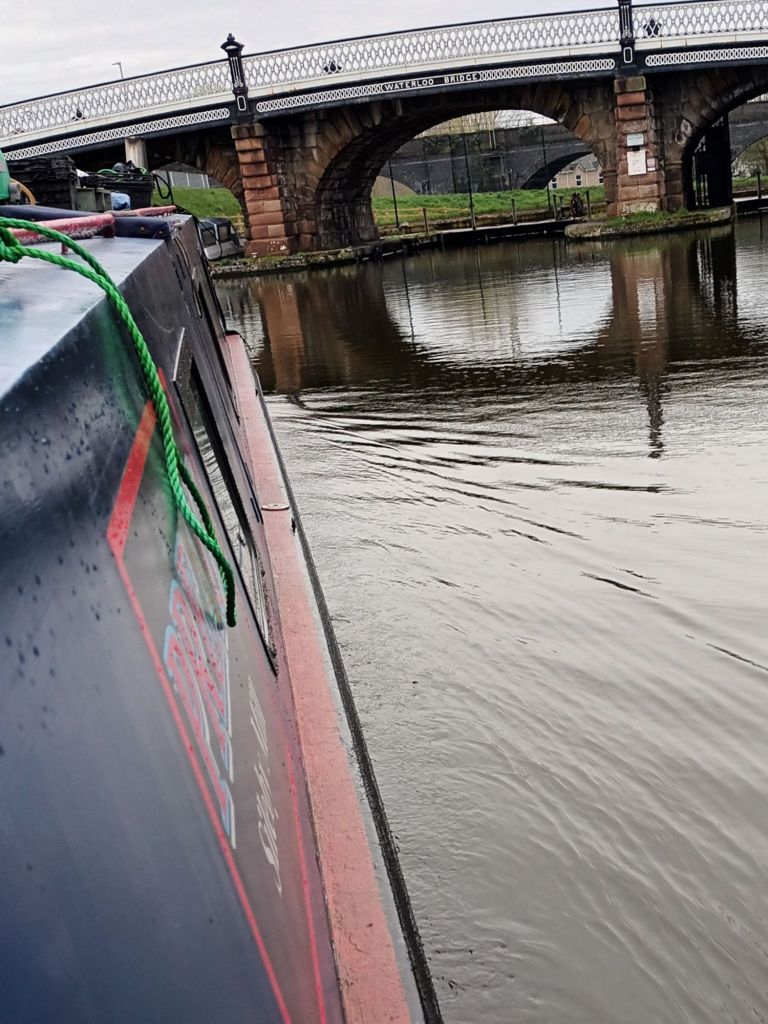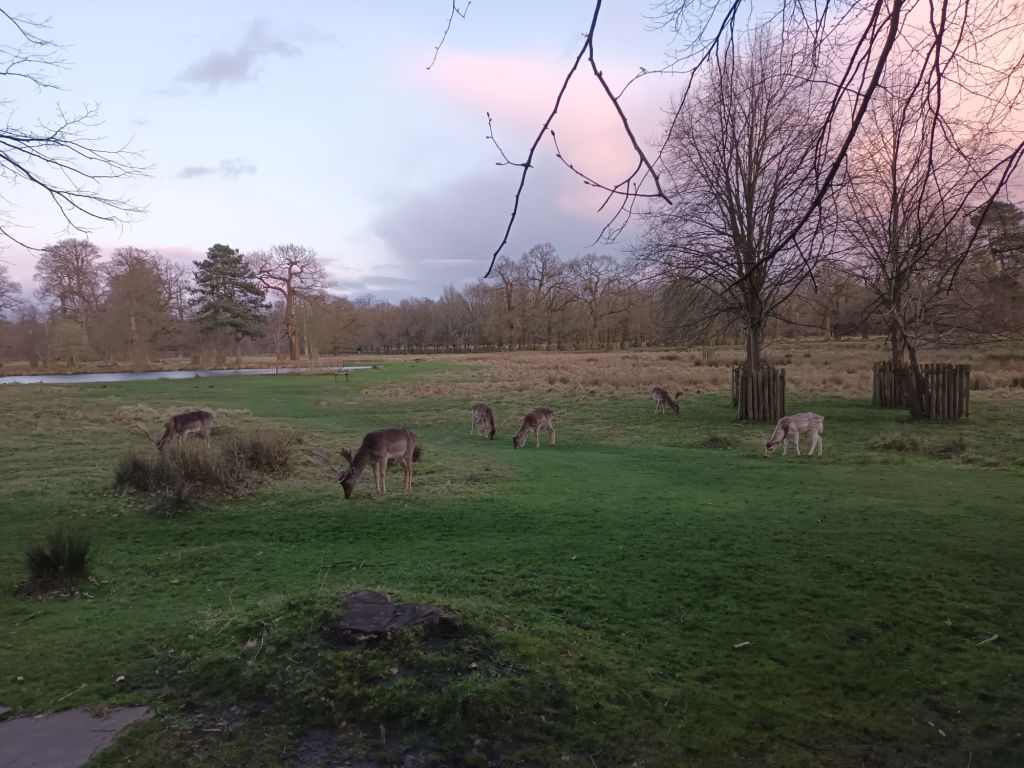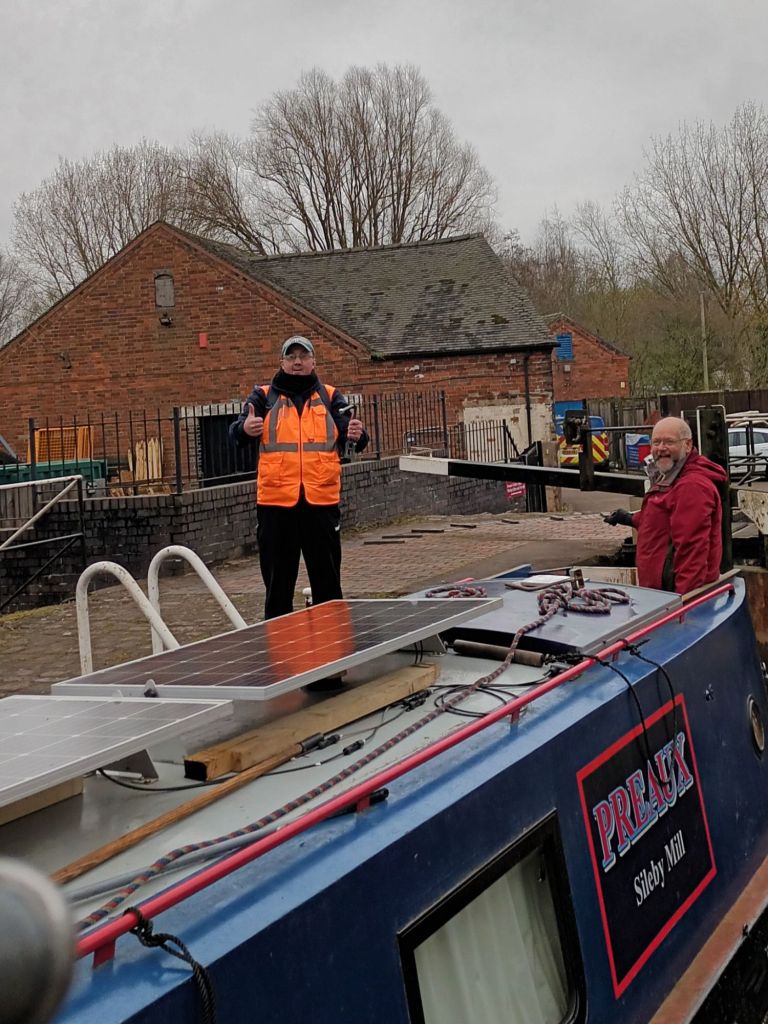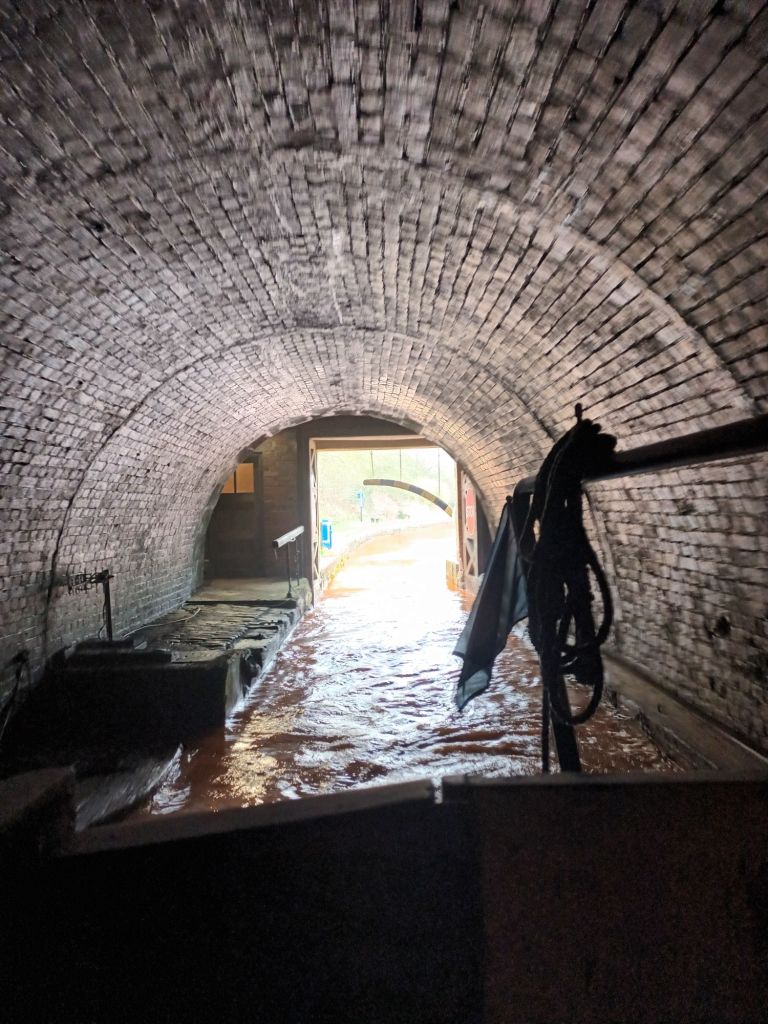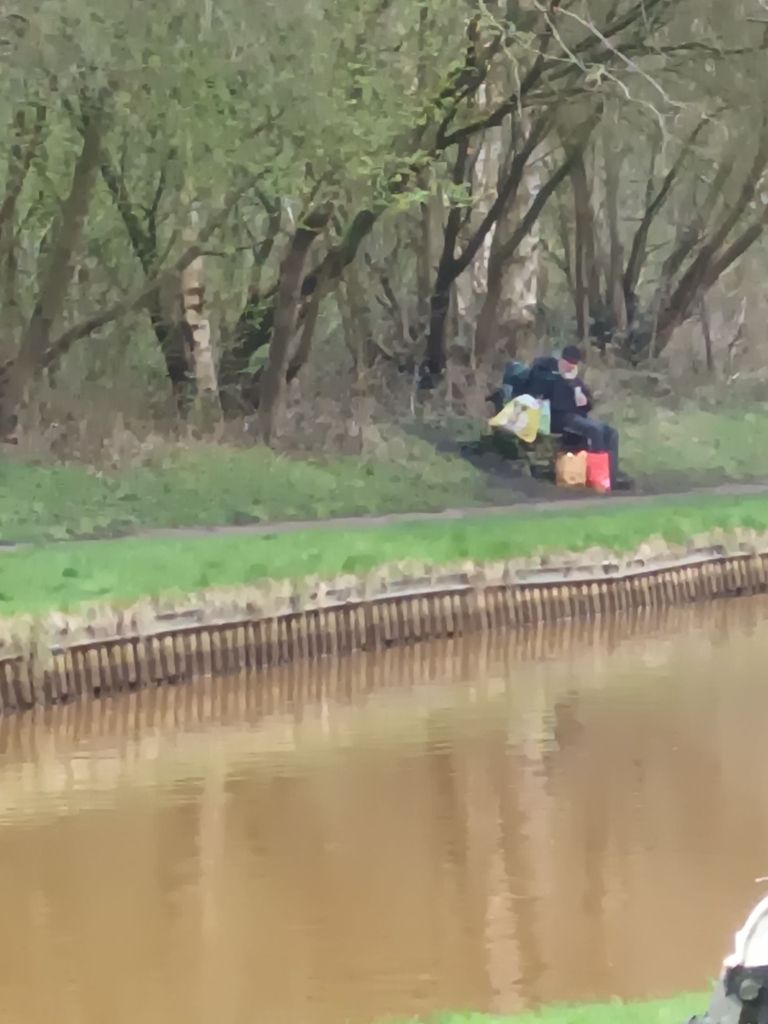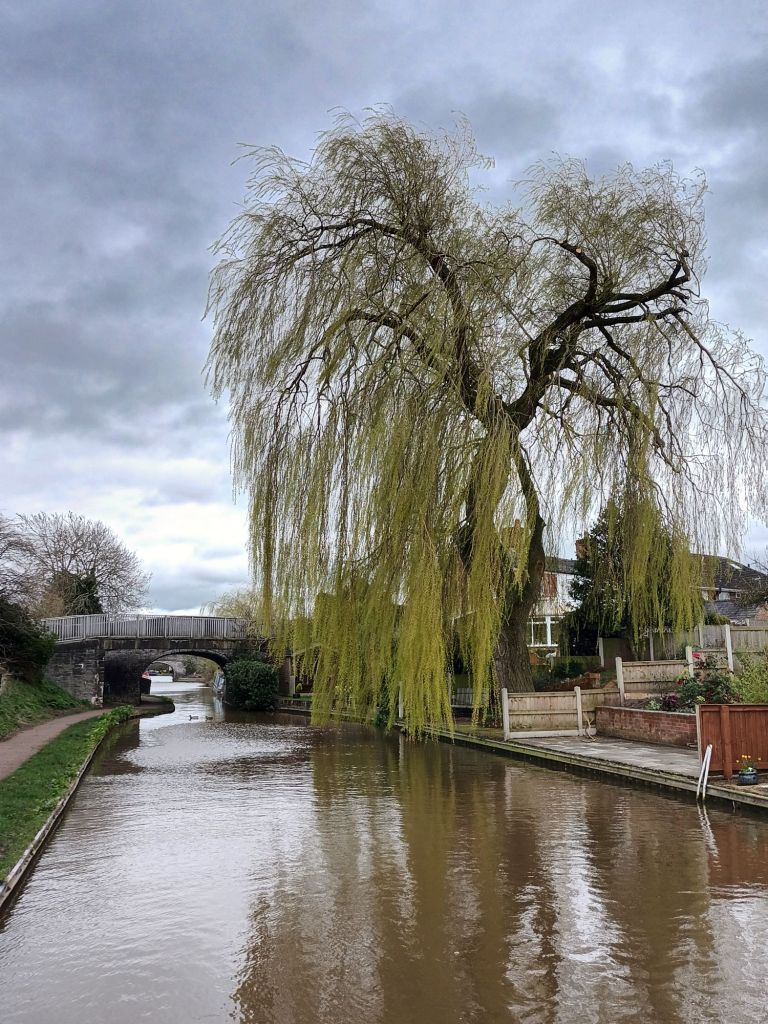How’s your week been? Mine’s been a week of uplifting new experiences, valuable lessons, fear and sheer brutality.
I’m one of many people who suffer from acrophobia – a fear of heights. My knees wobble, I feel faint and sick at heights, my heart races, and I get short of breath. School friends still remember me descending the Eiffel Tower from the second floor on my bottom during a school exchange visit. But sometimes what affects me happens when there isn’t much of a height – some bridges across the canal without solid sides can do it.
Additionally I have High Places Phenomenon as identified by Jennifer Hames – a fear that I would jump in front of a train (usually a tube train for me), jump or fall off a height. According to the researchers this doesn’t stem from a desire to die, but a sensitivity that results in my body reacting to a dangerous situation. The French (a sensitive people) identify this as L’appel du vide – the call of the void. It is a misinterpretation of a self safety signal.
One way to manage the call of the void is to avoid high places. Imagine my ‘delight’ to discover the first activity organised by my elder daughter at my younger daughter’s hen weekend was a high ropes course. Believe me – I’ve discovered that maternal determination not to let down your children can be empowering!

There were moments of wobble, of forgetting to breathe, of shaking so much I couldn’t move my connection to the continuous belay system giving me security all the way round. But those moments reduced as I shakily worked my way round, supported by shouted encouragement from many of the hen squad. It made me reflect that we can overcome much if we have the right equipment but much more importantly the right motivation and support on the way. The many zip line sections around the course, each incrementally higher than the last brought by far the worst moments but also made me realise that my HPP is never going to be realised. Faced with a sheer drop before each zip wire I froze – solid as a rock however wobbly my knees. Hurling myself off actually took a Herculean effort and closed eyes
.
The instructors walked below, never interfering but also encouraging and giving clear advice as to how we could overcome issues from fears to managing some of the obstacles we encountered. Their approach empowered us all to work out problems, overcome obstacles and build our confidence.
So I learned much – about HPP, about overcoming fears, tough love from instructors and about the exhilaration of success. I also learned that fear makes you forget any concerns about how you may look in a high ropes harness which is tightened around the bits/ or should that be butts (!) which many of us would rather not have squeezed into focus. I can’t wait for the next challenge – the next chance to push myself out of my comfort zone.

The remainder of the weekend was a happy hedonistic blur of indulgent hot tubs, cocktail courses, excellent food and laughter.
Back at the boat, life suddenly seemed very quiet, very slow and very peaceful despite a battle to change the gas bottle! The last time we changed it was Christmas Day, so that’s not bad!
On the peace of the towpath I made it back to the final graduation run of my latest return to C25k with glee. But within days the brutality surrounding this floating life was thrown into stark relief. A roe deer who fell into the canal above the marina nearby drowned, and its bloated body floated near to the boat. CRT organised to get the poor animal’s corpse removed from the water, and said this had been the third roe deer to perish in the Leeds Liverpool Canal in these past three months.

That was an unfortunate accident, but nature itself is brutal. Since I’ve been back this week a bully swan has killed a Canada goose gosling who got too near to his barren partner’s nest. For five years he has defended her, for five years she’s made a nest, for five years she’ s laid eggs and sat on them without any cygnets appearing. I’m watching the remaining goslings carefully but last night the original four were down to just two. How many there will be tomorrow remains to be seen. It’s not all sweetness and light out here in paradise.







